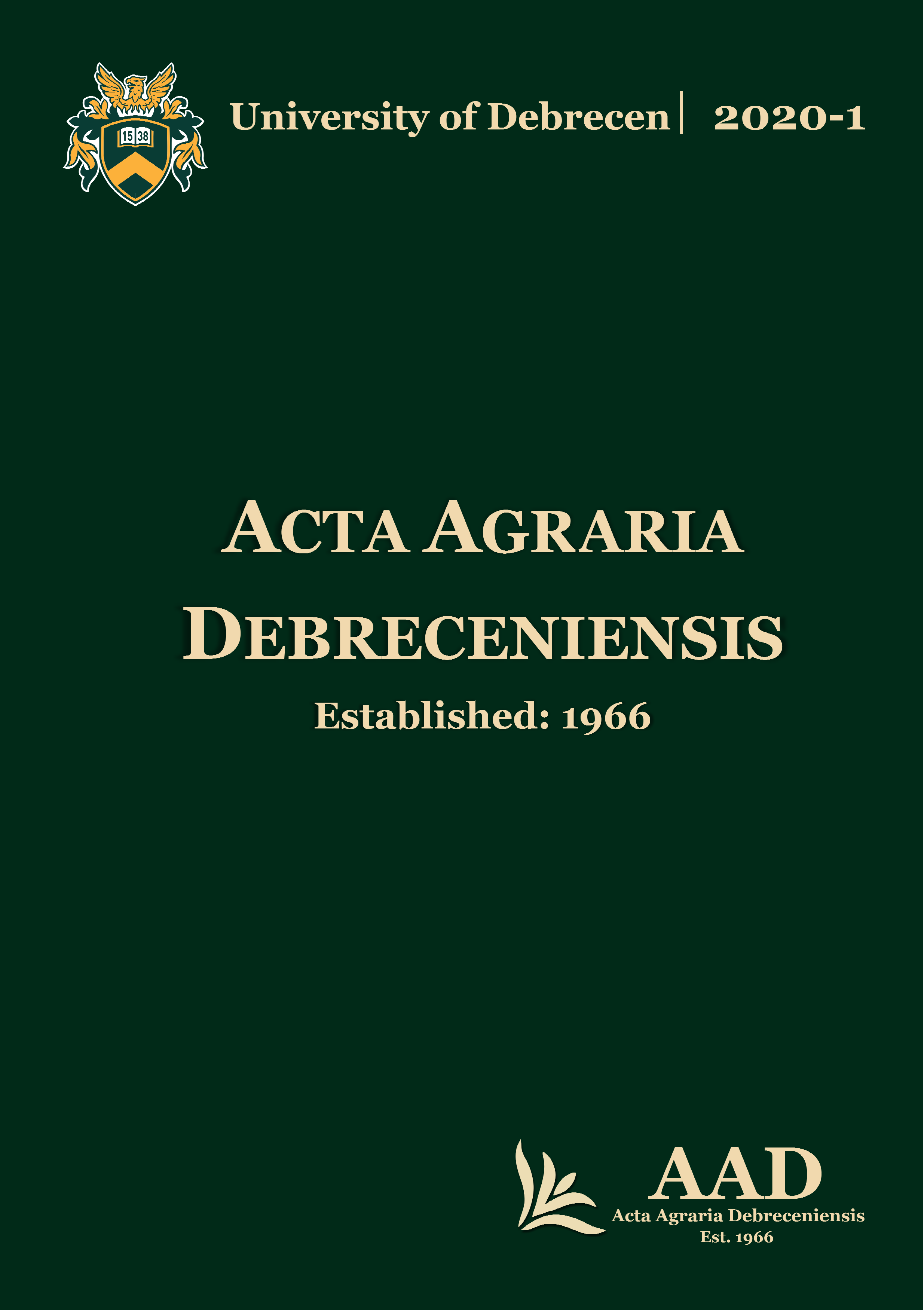Effect of different n-6/n-3 fatty acid proportion oil sources on reproduction performance and fatty acid profile of milk in modern genotype sows - Pleminary results: Preliminary results
Authors
View
Keywords
How To Cite
Accepted 2020-02-27
Published 2020-05-20
Abstract
This study was conducted to investigate the effects of supplemental n-6 and n-3 fatty acids on sow’s milk fatty acid composition during the lactation period and on reproductive efficiency of sows in the subsequent gestation period. Data were collected on a total of 213 DanBred sows (108 control and 105 experimental) representing parity of 2–7, respectively. Control and experimental sows were placed in the same housing conditions during lactation and gestation period. Control group received 6.3 g of sunflower oil (SO) per kg feed as n-6 fatty acid supplementation, whilst experimental animals received the same amount of fish oil (FO) as n-3 fatty acid source. Diets were corn meal-extracted soybean meal based. The experiment was conducted in one replication as being a part of a longer and more comprehensive trial. It was found that the consumed long-chain polyunsaturated fatty acids (LC-PUFAs) appeared in the sow’s milk and changed its fatty acid profile. With this alteration, the n-6/n-3 ratio of experimental (FO) sows’ milk were narrower than in SO group (SO: 13.82 vs. FO: 5.89). The benefits of n-3 fatty acids supplementation were evident for the subsequent reproduction cycle, when experimental sows heated more reliable and earlier than control (weaning to oestrus interval: SO: 5.86 vs. FO: 4.48 days). Only 2.33% of experimental sows (FO) did not heat within 7 days after weaning, but this was 12.36% in the control group (SO). The present study requires further research to evaluate the effect of n-3 fatty acids on maintenance of pregnancy and improved subsequent litter size.

 https://doi.org/10.34101/actaagrar/1/3742
https://doi.org/10.34101/actaagrar/1/3742